Lessons from Utter Defeat
Japan’s Navy, the JMSDF, is one of the few navies which fields an impressive fleet of mine warfare vessels – an area often neglected by modern navies nowadays.
As an island nation, Japan heavily relies on overseas imports in literally every aspect, from daily food to raw materials and energy resources. Maintaining sea-lane communications and ensuring the safe passage of merchant ships are crucial for the nation’s survival, thus making it one of the highest priorities for the JMSDF.
While any real sense of insecurity seems to be absent from the average Japanese citizen, the inherent vulnerability of maritime traffic and the island nation’s reliance on it contains a potential risk of scarcity.
In fact, the elder generation would certainly remember such peril from their WW2 experience where Japan was nearly starved out by the enemy.
During the latter half of WW2, Japan learned a hard lesson on the importance of safe navigation when US submarines and sea mines literally devastated the shipping lanes, resulting in the total annihilation of Japanese merchant fleets.
While US submarines and air power wreaked havoc on merchant ships at sea, Japan’s coastal waters were littered with sea mines, with Japan laying up to 50,000 mines to hinder the anticipated US invasion, and the US forces dropping 12,000 to disrupt vital traffic routes.
Hence, the obliteration of sea-lane communications contributed to Imperial Japan’s demise, but while capitulation did cease hostilities, it did not resolve the hazard of 60,000 mines.
These self-imposed/imposed mines served as a de-facto blockade to a weary nation desperate in need of outside resources for both survival and reconstruction.
To remove the vast number of mines, the mine sweeping units of the former Imperial Japanese Navy were kept intact as an exemption, and the clearance of mines from key waterways were completed within just several years though sustaining nearly 300 casualties.
In this manner, postwar Japan and the predecessors of the JMSDF had learned a brutal lesson that is instilled to the core till today.
Large Fleet of Minesweepers
In a stark contrast to the Imperial Japanese Navy which neglected sea-lane protection, the JMSDF has heavily invested in Anti-Submarine Warfare and Mine Warfare, with the latter focusing on mine countermeasures.
Though retaining some level of minelaying capabilities, the JMSDF prioritizes the removal of enemy mines from coastal waters.
To achieve such task, it has forged a capable fleet of over 20 minesweepers and 2 large mine countermeasure vessels (“Uraga-class”). The latter can serve as a mothership hosting the smaller minesweepers and also possess the rare minelaying capabilities.
 JMSDF’s mine warfare fleet with several US minesweepers (photo credit: JMSDF)
JMSDF’s mine warfare fleet with several US minesweepers (photo credit: JMSDF)
In addition to the existing fleet of minesweepers, the new stealth “Mogami-class” frigates are designed to conduct mine warfare utilizing Unmanned Underwater Vehicles (UUVs) and light minelaying equipment.
Since the subsequent class of frigates are also expected to be equipped with mine warfare capabilities, the total fleet strength will be raised to 46〜50 vessels. However, these attempts are to be conducted under the a broader effort for organizational restructuring which includes integrating units for streamlining – eventually downsizing the pure minesweeping units as a result.
JMSDF’s Achievements and Capabilities
So, exactly how capable is the JMSDF at mine warfare?
Well, in regards to minesweeping, the JMSDF (including its preceding organization) has indeed experienced enough mine clearance operations both inside and outside Japanese waters.
For instance, it was unofficially deployed as a special minesweeping force during the Korean War clearing a total of 30 mines, an achievement often overlooked and unrecognized.
Another fine example would be its deployment to the Persian Gulf in the aftermath of the Gulf War, where Japanese minesweepers successfully removed 34 mines without a single casualty.
These accomplishments were highly regarded by other nations at the time, and brought confidence to the JMSDF minesweepers, though the Persian Gulf mission did expose some shortcomings among existing equipment.
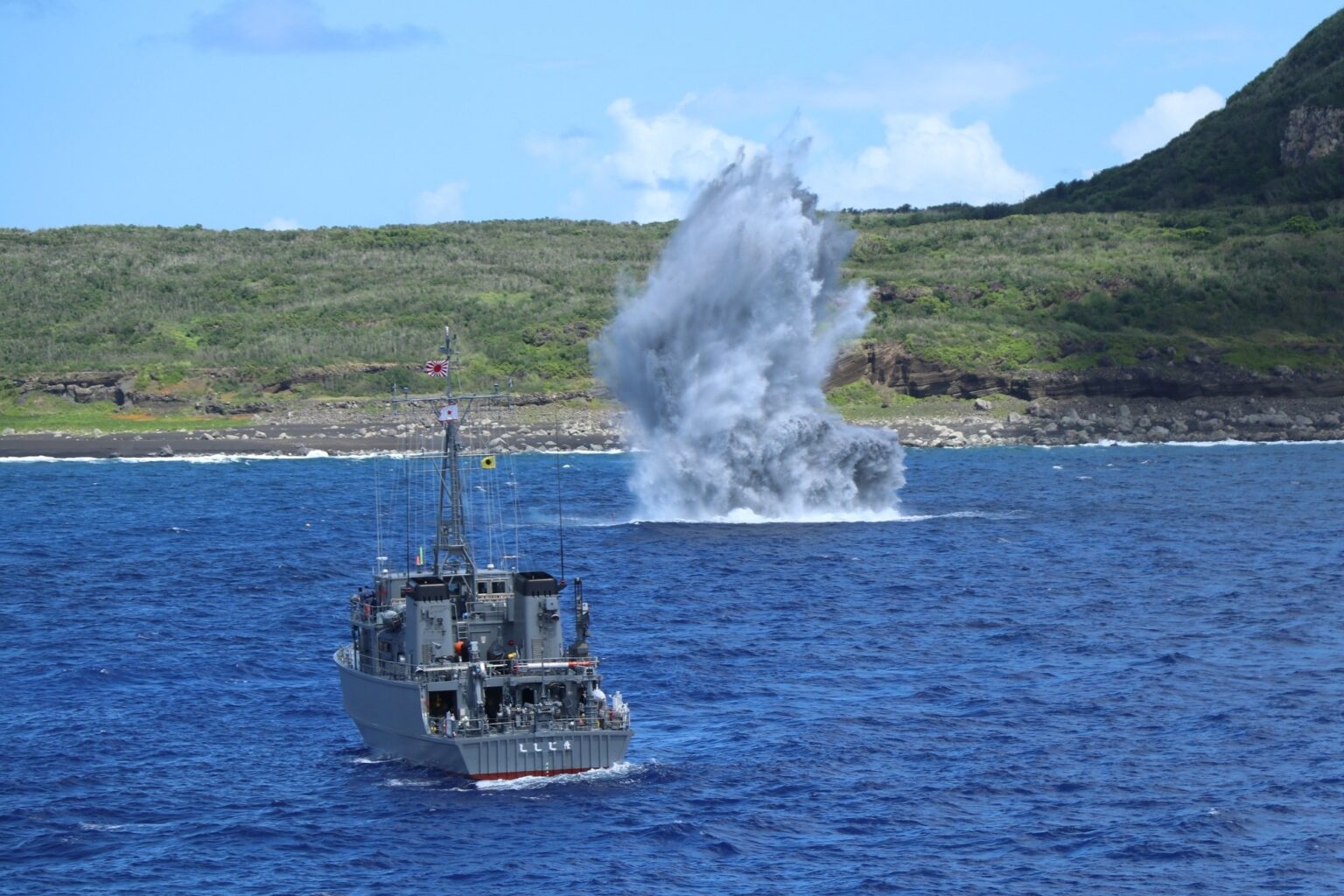 Demolition of a mine during exercise (photo credit: JMSDF)
Demolition of a mine during exercise (photo credit: JMSDF)
Furthermore, the JMSDF occasionally sees actual challenges by undetonated ordnance emerging from the seabed or washing up on shore. As a sad reality, the removal of 60,000 mines is far from complete even after 80 years, with several mines being discovered each year.
In a ironic twist, these annual discoveries provide the JMSDF rare opportunities, something other navies cannot experience so often. Together with intense training, the dismantling of actual mines have greatly enhanced the JMSDF’s countermine capabilities, undoubtedly bringing it to a top notch level.
Considering the fact that other navies do not share such frequent experiences, it is fair to evaluate the JMSDF’s mine warfare capability as arguably world’s best, especially in the minesweeping field.

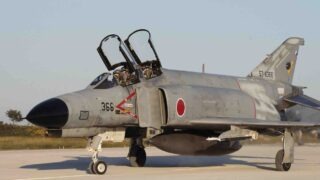
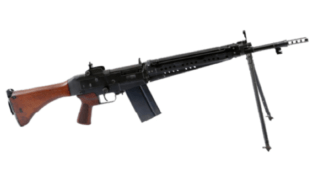
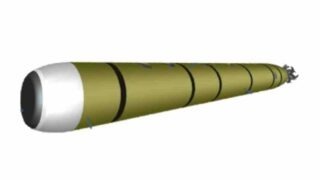

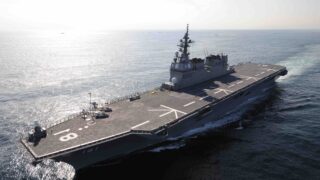
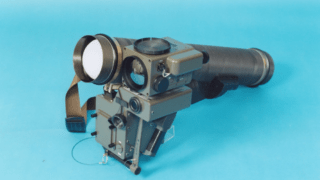
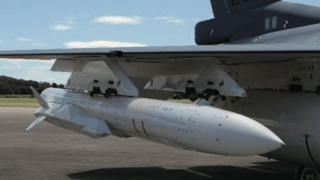
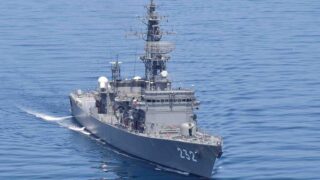

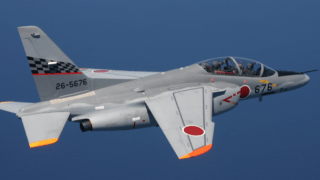
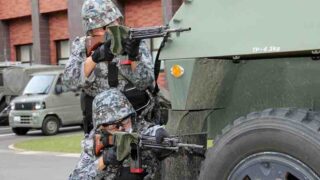

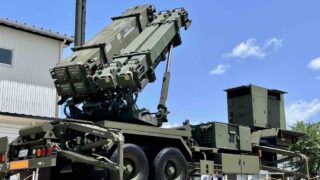
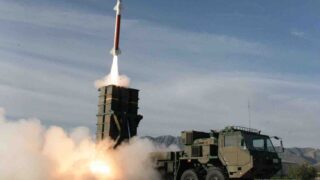
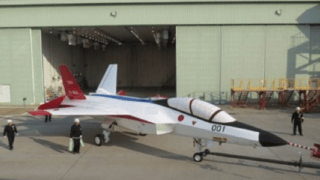
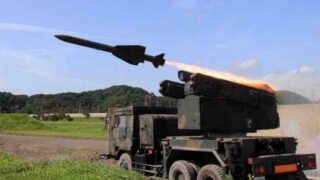

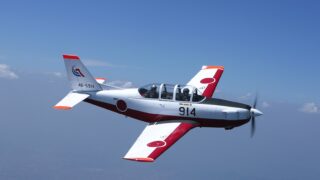

Comments